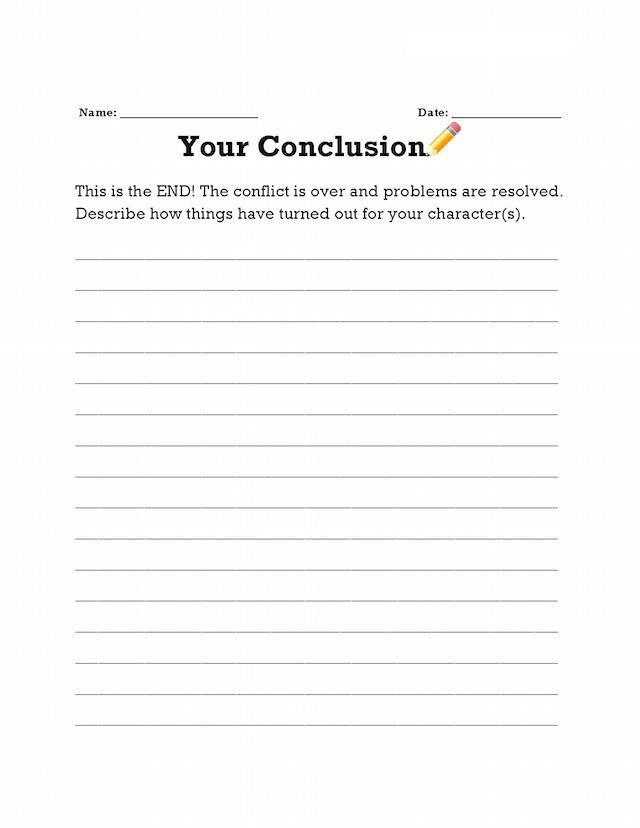2.9 You're the Author - Story Writing
| Site: | Cowichan Valley School District - Moodle |
| Course: | ELA5, CSS, Sferrazza |
| Book: | 2.9 You're the Author - Story Writing |
| Printed by: | Guest user |
| Date: | Wednesday, 17 December 2025, 10:21 PM |
Description
Can you...

Learning Targets
By the end of this lesson, you should be able to say YES to the following questions.
- Can I follow the steps of the writing process to write a short story?
- Can I use my knowledge of the elements of a story to create a good story?
- Can I use my understanding of different genres to write in different genres?
- Can I write engaging and interesting short stories?

Choices
You may complete the remaining steps on the computer or in your Learning Guide. If you complete the steps on the computer, be sure to label and save each step of the process.
Starting Your Story
Who! Where! When! You want to hook the reader in with first paragraph. There are all sorts of way you can draw the reader in. You can use detailed and descriptive writing. You can hint at exciting adventure soon to come. You can write something funny that makes the reader laugh and want to read more. Check out some examples on the next page that show beginning lines from popular books.
In the exposition, you want to make sure you describe your main character(s) and the setting. Write in sentences and paragraph format. It does not have to be perfect - you will edit and revise once the story is done.

Go to your Learning Guide and do Starting Your Story.
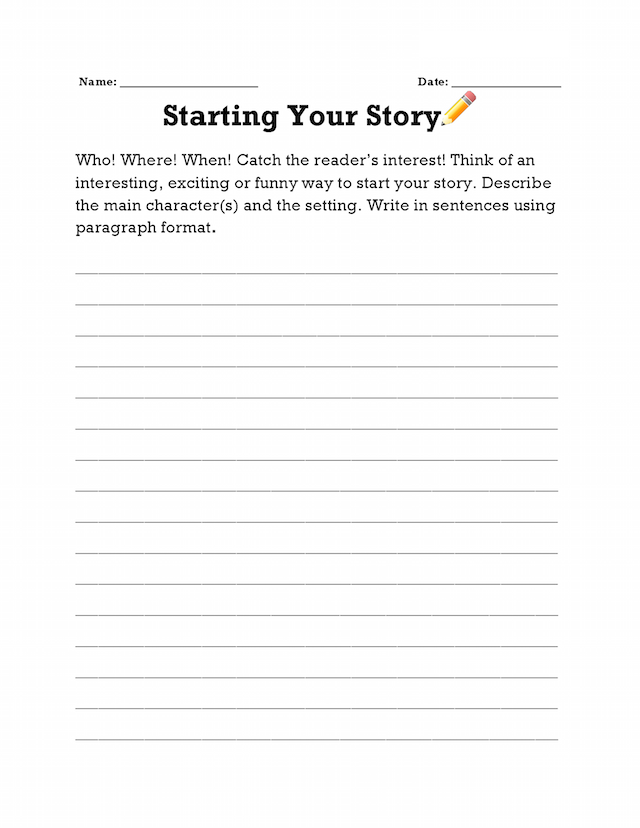
Starting Your Story Examples
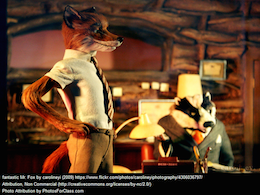 Take a look at how some well-known children's books start off:
Take a look at how some well-known children's books start off:
"Once on a dark winter's day, when the yellow fog hung so thick and heavy in the streets of London that the lamps were lighted and the shop windows blazed with gas as they do at night, an odd-looking little girl sat in a cab with her father and was driven rather slowly through the big thoroughfares."
A Little Princess, Frances Hodgson Burnett
"Mr. and Mrs. Brown first met Paddington on a railway platform. In fact, that was how he came to have such an unusual name for a bear, for Paddington was the name of the station."
Paddington Bear, Michael Bond
"Down in the valley there were three farms. The owners of these farms had done well. They were rich men. They were also nasty men. All three of them were about as nasty and mean as any men you could meet. Their names were Farmer Boggis, Farmer Bunce and Farmer Bean."
Fantastic Mr Fox, Roald Dahl
“Carrie had often dreamed about coming back. In her dreams she was twelve years old again; short, scratched legs in red socks and scuffed, brown sandals, walking along the narrow, dirt path at the side of the railway line to where it plunged down, off the high ridge, through the Druid’s Grove."
Carrie's War, Nina Bawden
Plotting Your Action 1
You are ready to write about the first event that happens in your story. You generally want three main events happening in your story.
In this first event, you want to show who did what, when, and why. This is the start of your rising action, and it should spark your reader's interest. It's the start of the "wild ride" of the rising action.
 Go to your Learning Guide and do the Plotting Your Action 1.
Go to your Learning Guide and do the Plotting Your Action 1.
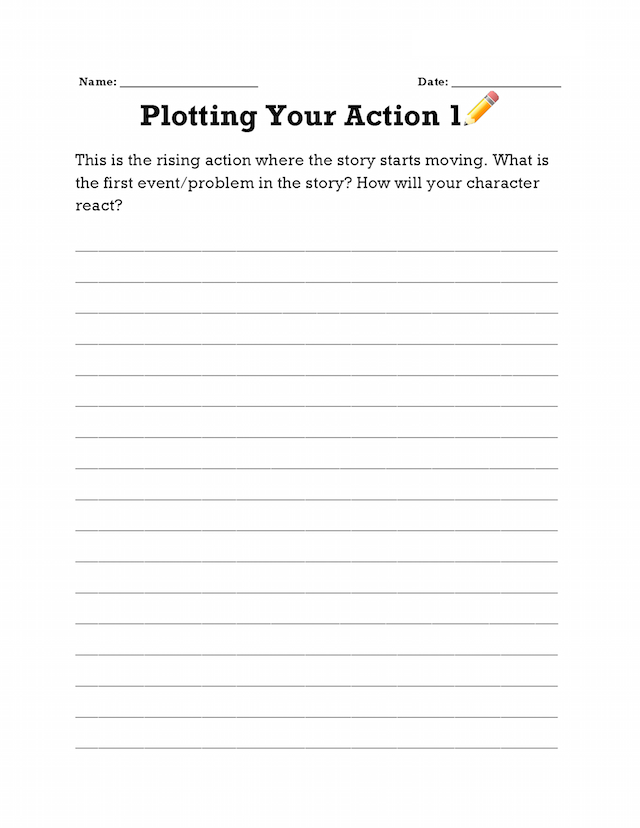
Plotting Your Action 2
Oh my! This is where the second big event happens. Your reader should clearly be able to see what the central conflict of your story is. The tension should be building as you get higher into your rising action.
 Go to your Learning Guide and do the Plotting Your Action 2.
Go to your Learning Guide and do the Plotting Your Action 2.

Plotting Your Action 3
Woohoo! You are at the peak of the plot! This is the climax. This is THE most exciting part of your story. Make it big and exciting. If the bomb was ticking and the time running down, this is the time where the bomb goes off! BOOM! After the climax of the story, nothing will be the same for the characters.
Go to your Learning Guide and do the Plotting Your Action 3.
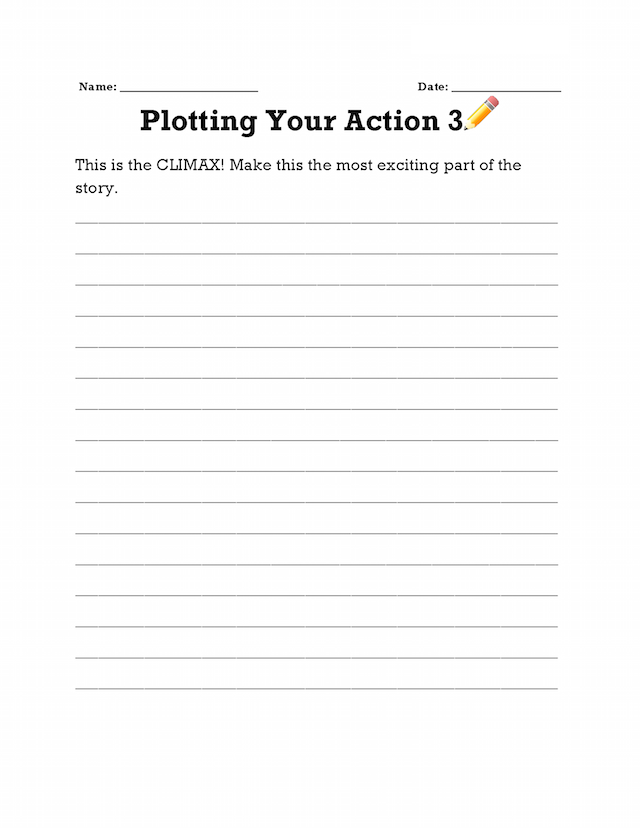
Your Conclusion 1
The ending is near! The ending is here! Your story is coming to a close. You want to make sure all questions are answered and all loose ends are tied up. You want to leave your reader feeling satisfied. The ending does not have to be happy, but the reader should get a sense of closure. Be careful about adding new information at this point. Check out some examples of last lines from popular books on the next page.
Last Line Examples
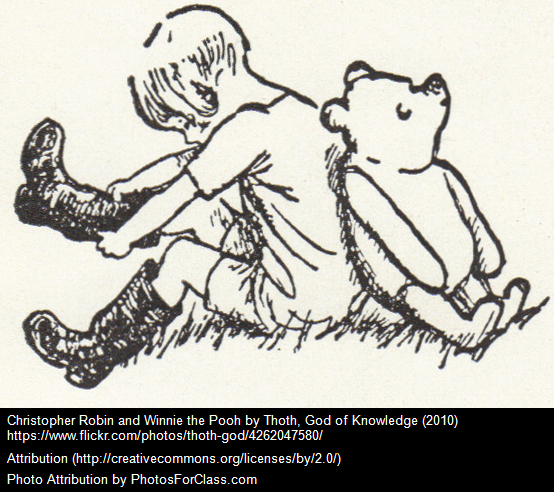 Here are some examples of last lines from well-known books.
Here are some examples of last lines from well-known books.
"But wherever they go, and whatever happens to them on the way, in that enchanted place on the top of the Forest a little boy and his Bear will always be playing."
The House At Pooh Corner, A.A. Milne
"Max stepped into his private boat and waved goodbye and sailed back over a year and in and out of weeks and through a day and into the night of his very own room where he found his supper waiting for him—and it was still hot."
?Where the Wild Things Are, Maurice Sendak
"Oh, my girls, however long you may live, I never can wish you a greater happiness than this."
Little Women, Louisa May Alcott
"We sat there for a long time, till the crowd around us thinned, till the sun shifted and the light changed. Till we felt our eyes could meet again, without the tears."
Sarah's Key, Tatiana de Rosnay
"The white floodlight shines through the wispy tule and makes thin shadows. A sudden breeze over the Tigris forms a tiny whirlwind. It floats through the balcony doors and makes the curtains dance."
A Hundred and One Days: A Baghdad Journal, Asne Seierstad
Your Conclusion 2
 Go to your Learning Guide and do Your Conclusion.
Go to your Learning Guide and do Your Conclusion.
